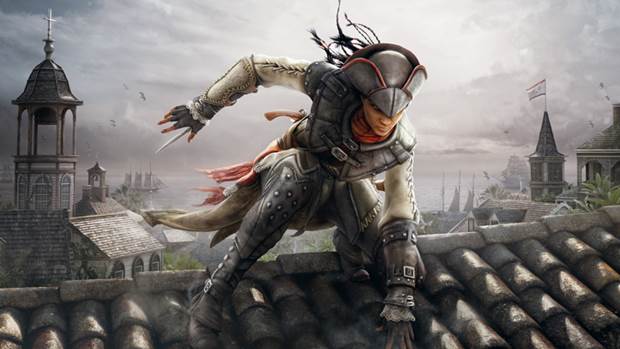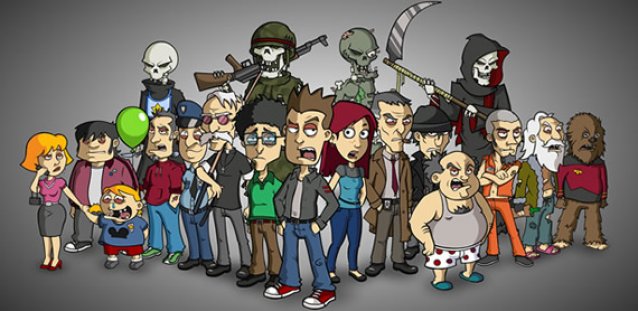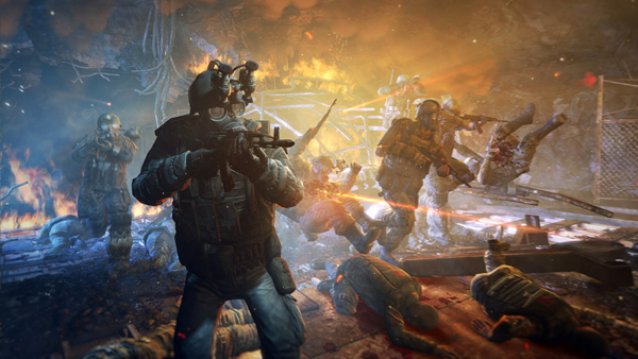

Nobody really expects much out of licensed games. It’s the license alone that sells the game - certainly not the quality of the game itself. Anime-based games seem to be even worse off in this regard. You could count on one hand the amount of anime-licensed games that are actually worthwhile playthroughs. Sadly, Eureka 7 Vol. 2 fails to join these few, proud examples.
It’s a shame, too, because on the surface, both this and its predecessor (Vol. 1) look pretty interesting. The two games together tell a story about Sumner Sturgeon, a youth entering a military career, only to become disillusioned with his work. The story acts as a prequel to the TV series, so it’s more accessible to the average player than a straight-up anime adaptation would be. There’s also several different gameplay styles integrated throughout to add variety.
The problems start to develop almost from the outset. There’s a series of (thankfully optional) tutorial sequences that are designed to introduce the controls of the various vehicles and gameplay modes. Skills aren’t demonstrated for you, so you often won’t know if you’ve done something right until after a good deal of trial and error. If you do things incorrectly, the game doesn’t point out what specifically you’re doing wrong, it just scolds you for screwing up. Thanks for the encouragement, jerks.
You’ll also learn something else from tutorial mode: The control is awful. You’ll struggle to make turns and perform the tricks needed to get speed boosts, as it’s stupidly easy to overshoot and go careening out of control. One almost has to wonder if the clumsy controls are a touch of realism – controlling huge mecha on a hoverboard would probably be pretty difficult. But even if it was intentional, it’s certainly not fun. The fistfight controls are the exact opposite of the mech and hoverboard sequences – slow, sluggish, and very restrictive.
Once you make the jump into the main game, you’ll find that things don’t improve much. Even with the awful controls, the game is amazingly easy most of the time. The graphic design reeks of laziness, too: while the vehicles and mecha look great, the backgrounds and human models are like something out of an early Dreamcast game. This is especially evident during the cinematic story sequences, where you’ll see characters with soulless stares and limbs that twist like cheap plastic bendy-dolls. The sound isn’t quite as bad, but it’s still a far cry from the fantastic score of the anime series.




 Daedalic Entertainment at GDC 2014
Daedalic Entertainment at GDC 2014 Destiny: The Taken King How to Unlock the Sunbreaker Subclass
Destiny: The Taken King How to Unlock the Sunbreaker Subclass Metro: Last Light and The Problem of Ranger Mode
Metro: Last Light and The Problem of Ranger Mode 5 Mistakes That Make You Quit Your New Year's Resolutions
5 Mistakes That Make You Quit Your New Year's Resolutions Forza Motorsport 6 beginners guide
Forza Motorsport 6 beginners guide